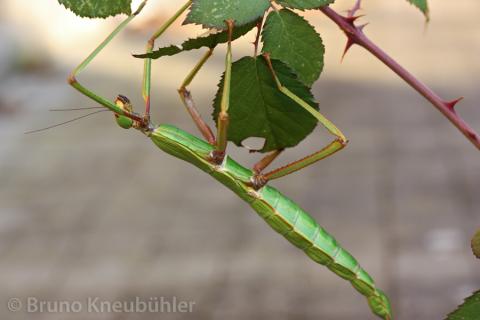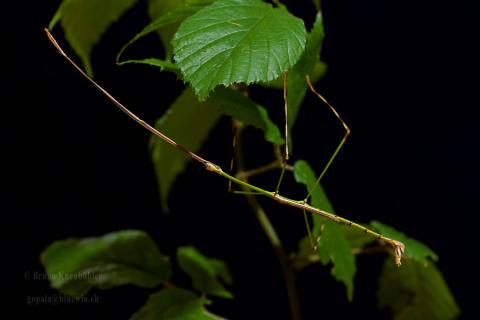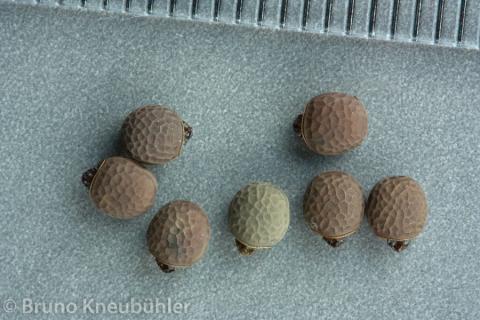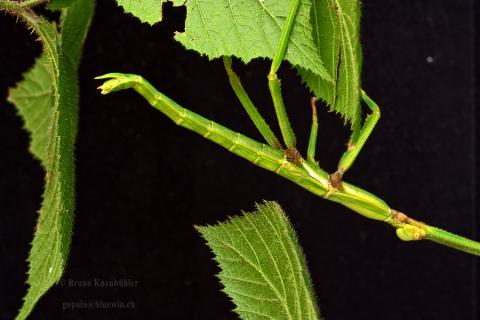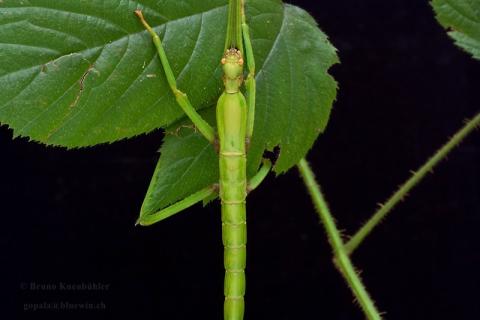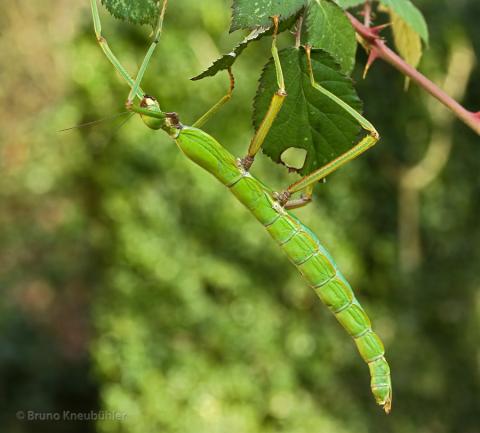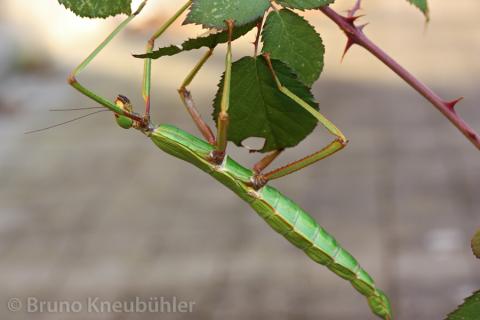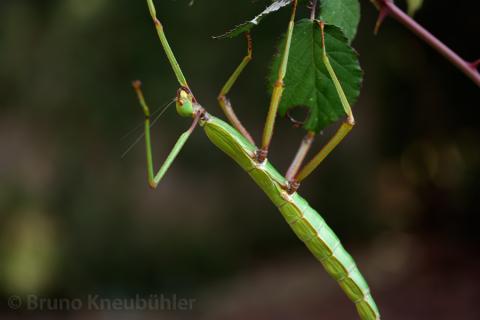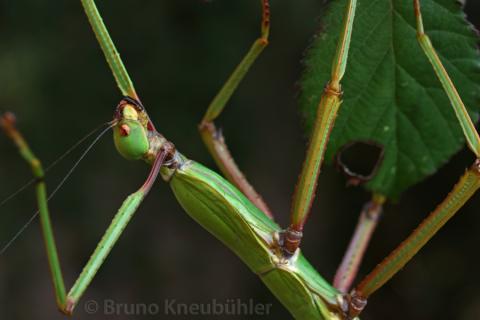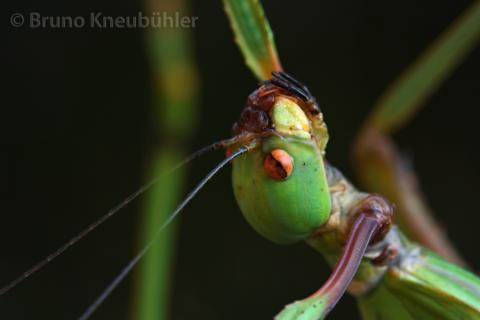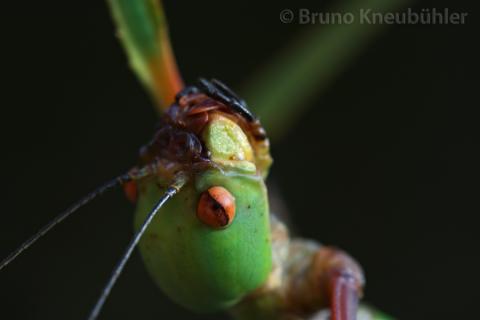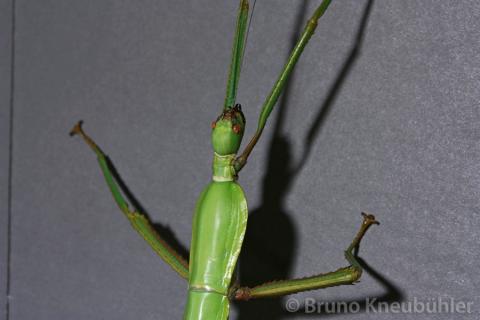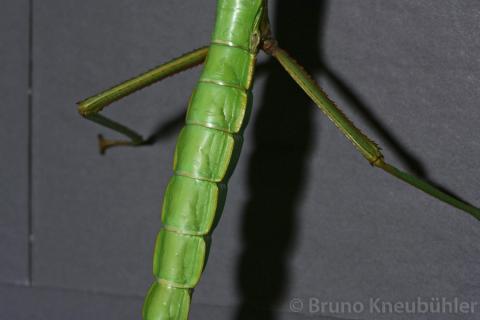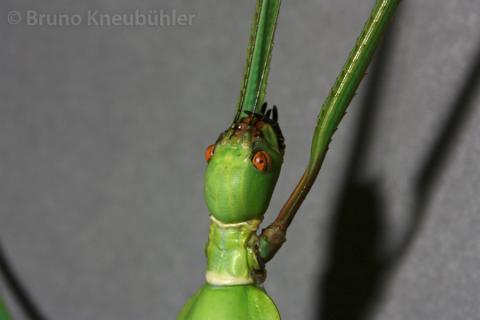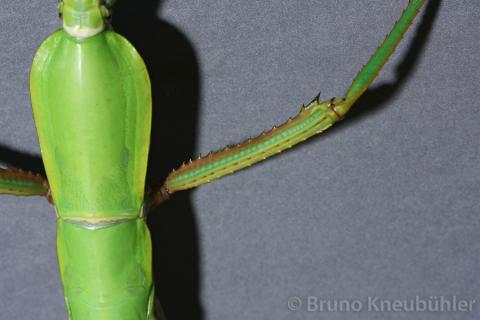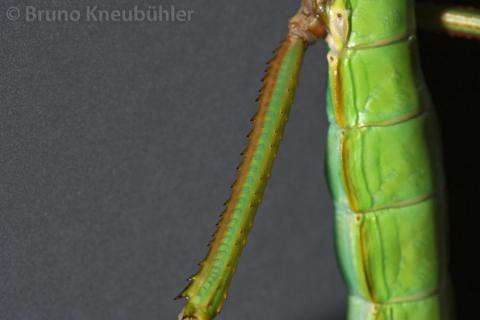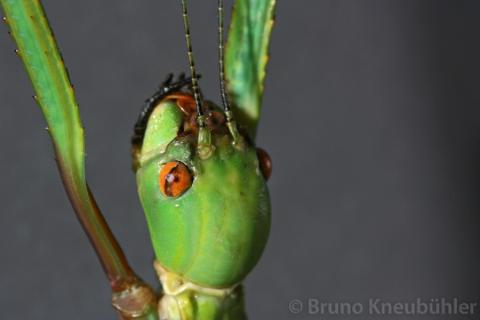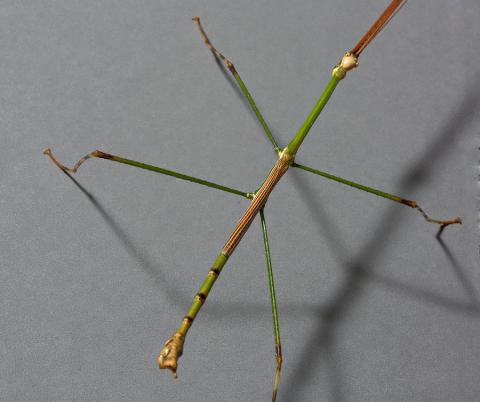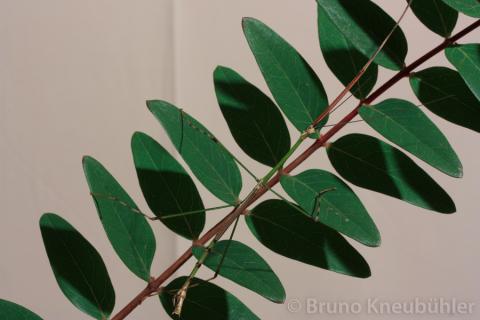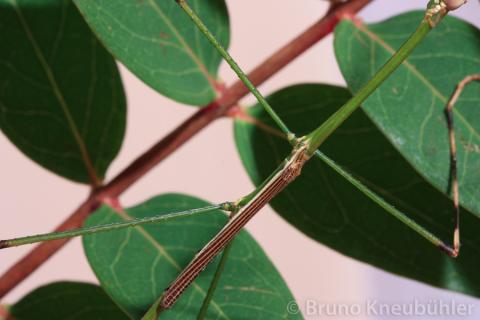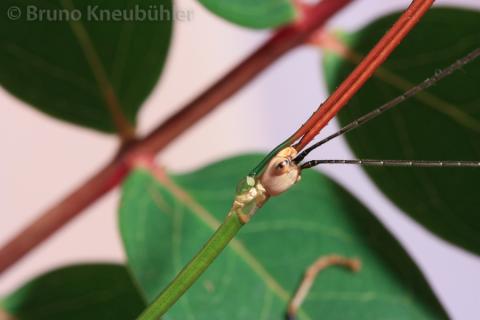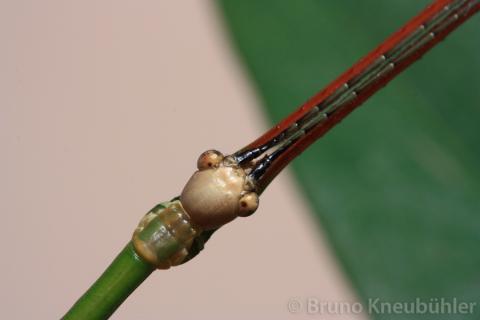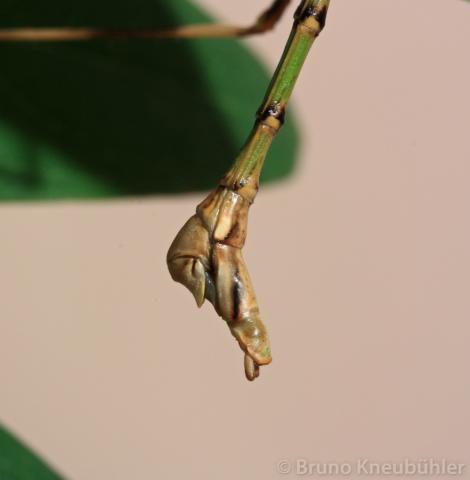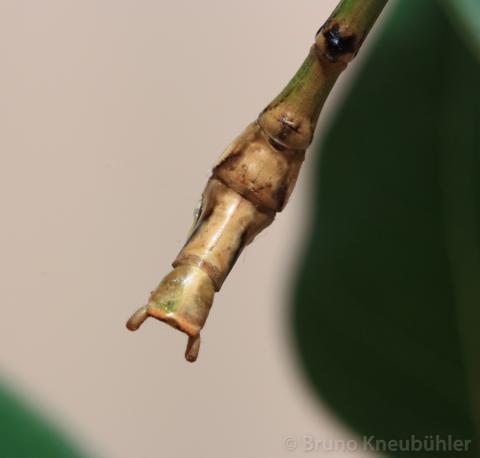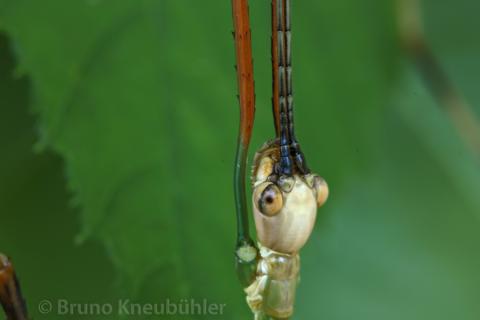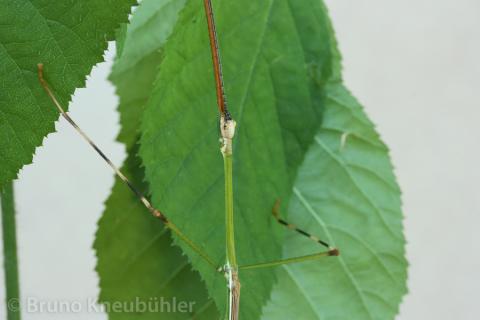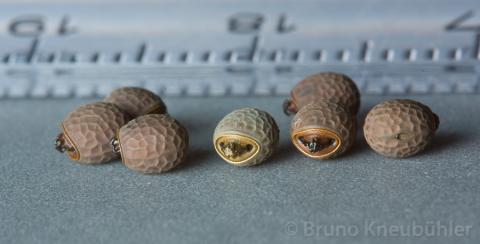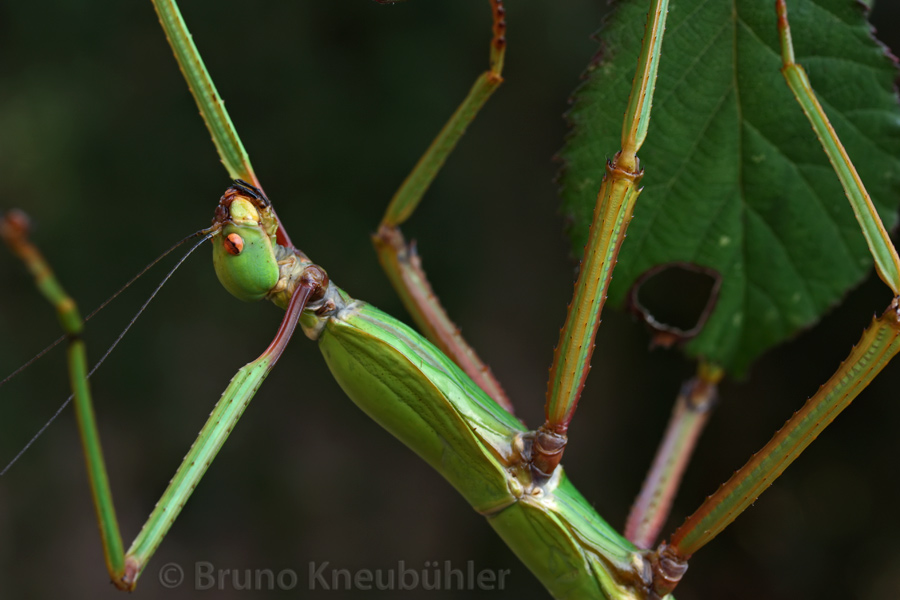
Genus
Species
Stock
CLP
354
PSG
325
Culture status
Probably lost
Foodplants
Bramble (Rubus spp.)
Hypericum spp.
Salal (Gaultheria shallon)
Oak (Quercus robur)
Hazel (Corylus avellana)
Raspberry (Rubus idaeus)
Beech (Fagus sylvatica)
Guava (Psidium guajava)
Breeding notes
(by Bruno Kneubuehler)
General Notes
- 2007 - the first successful culture of this species by Marco Gottardo (Italy)
- 2009 - new culture stock from Mt. Apo bred by Bruno Kneubuehler
_________________
Origin
- Mt. Apo (Mindanano, Philippines)
- this species is also known from Mount Balocaue (Leyte, Philippines)
_________________
Female
- about 13 - 15 cm in length
- quite sturdy phasmids
- the whole body is coloured in a light green
- females do (generally) not react as frantically when being touched as the males. But they too let themselves fall down quite regularely when being handled, and this might lead to injured females
_________________
Male
- about 9,5 cm long
- thin phasmids
- males react very frantically when being touched and will wriggle about like in an epileptic state. This might already happen if only the cage is being opened up
_________________
Eggs
- they get mouldy very quickly - even if there are spring tails in the incubation substrat
- but the eggs hatch nonetheless
_________________
Food Plants
- I have fed nymphs and adults of the 3. generation on bramble (Rubus sp.) exclusively
- but they do not like (or even refuse to fed on) fresh bramble leaves in spring. Therefore one should feed them on bramle leaves of the previous year for as long as possible
- other food plants are Hypericum and Salal (Gaultheria shallon), haselnut (Corylus avellana), oak (Quecus sp.), raspberry (Rubus idaeus) and beech (Fagus sylvatica)
- M. Gottardo (2008) also mentiones Guava (Psidium guajava) as a food plant
_________________
Breeding Notes
- an easy to breed, big and interesting species - as they show a very pronounced sexual dimorphism
- just the very fidgety behaviour (especially of the males) when being touched will test the breeder's patience
- incubation: HH-inkubation method on slightly damp sand yields good hatching ratios
- despite the springtails, eggs of this species tend to get mouldy very quickly, still the nymphs hatch nicely
- incubation time at room temperatures (20-23°C) is about 2,5 - 3 months
- hatching ratio of my first two generations was high (75%)
- keep the nymphs in a cage with good ventilation and still high humidity, a constantly wet paper towel on the cage helps raising humidity
- small nymphs can be kept in a Faunabox (or similar cage)
- do not keep nymphs in the same cage with adult females
- move nymphs to a bigger cage as they grow bigger
- if there are too many nymphs in the same cage, many will soon be crippeled (lost legs)
- thus one should really take care not to overcrowed the cage
- best not to touch neither older nymphs nor adults when changing the food plants, as they very often start to behave wriggle about very frantically
- put older male nymphs in a seperate cage, as they are much more fragile than the female nymphs
- I have never sprayed nymphs or adults with water
- male will be adult after about 3 months (at room temperatures), females after about 3,5 months
- females start to lay eggs after about 2-3 weeks
- eggs are just dropped to the ground
- they lay up to 140 eggs per female and week
